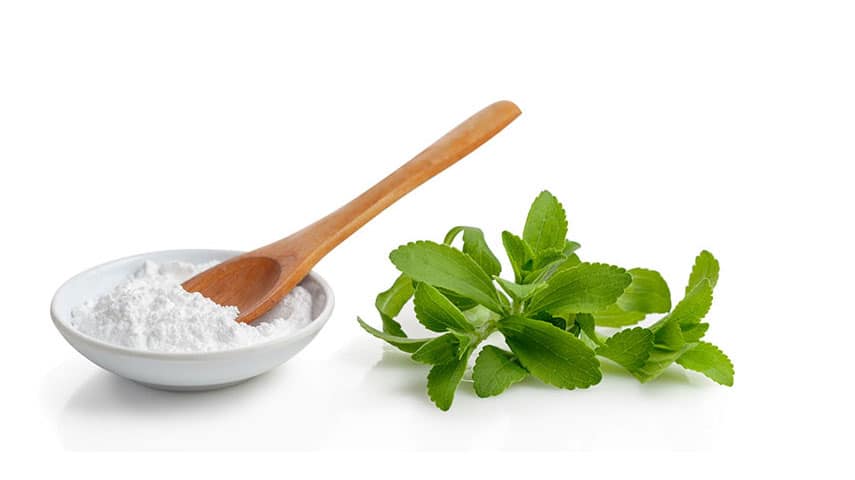High-Intensity Sweeteners - Market Analysis Webcast by Marifaith Hackett
Chemical Economics Handbook
Sweeteners, High-Intensity
Published May 2017
High-intensity sweeteners (HIS) are a structurally diverse set of compounds that share an important attribute: all are much sweeter than sucrose (table sugar). Unlike sugar, HIS are noncaloric and noncariogenic (they do not contribute to dental caries). Most HIS—including acesulfame K, aspartame, cyclamate, saccharin, and sucralose—are artificial sweeteners, produced by chemical synthesis; a few, including stevia extract, are natural products.
Worldwide consumption of HIS is largely dependent on production of diet carbonated soft drinks and food. Beverages make up the majority of world HIS consumption, followed by food, tabletop sweeteners, personal care products (such as toothpaste and mouthwash), and pharmaceuticals.
The outlook for high-intensity sweetener consumption during 2016-21 varies by region and by sweetener. Demand for mature HIS—cyclamate, saccharin, and aspartame—is flat or declining in North America and Western Europe although consumption continues to increase in Asia, the Middle East, and Africa. In contrast, consumption of acesulfame K, sucralose, and stevia extract is growing in all regions.
The Americas and Asia accounted for most of the consumption of stevia extract in 2016. The stevia plant, which is the source of stevia extract, is indigenous to South America; today, however, the bulk of cultivation takes place in China. Japan, China, and other Asian countries have long used stevia extracts as sweeteners; European, Middle Eastern, and African markets for this sweetener are comparatively developmental. Consumption of stevia extract is expected to increase at a higher rate than that of other HIS during 2016-21, largely because of consumer preferences for natural sweeteners.

